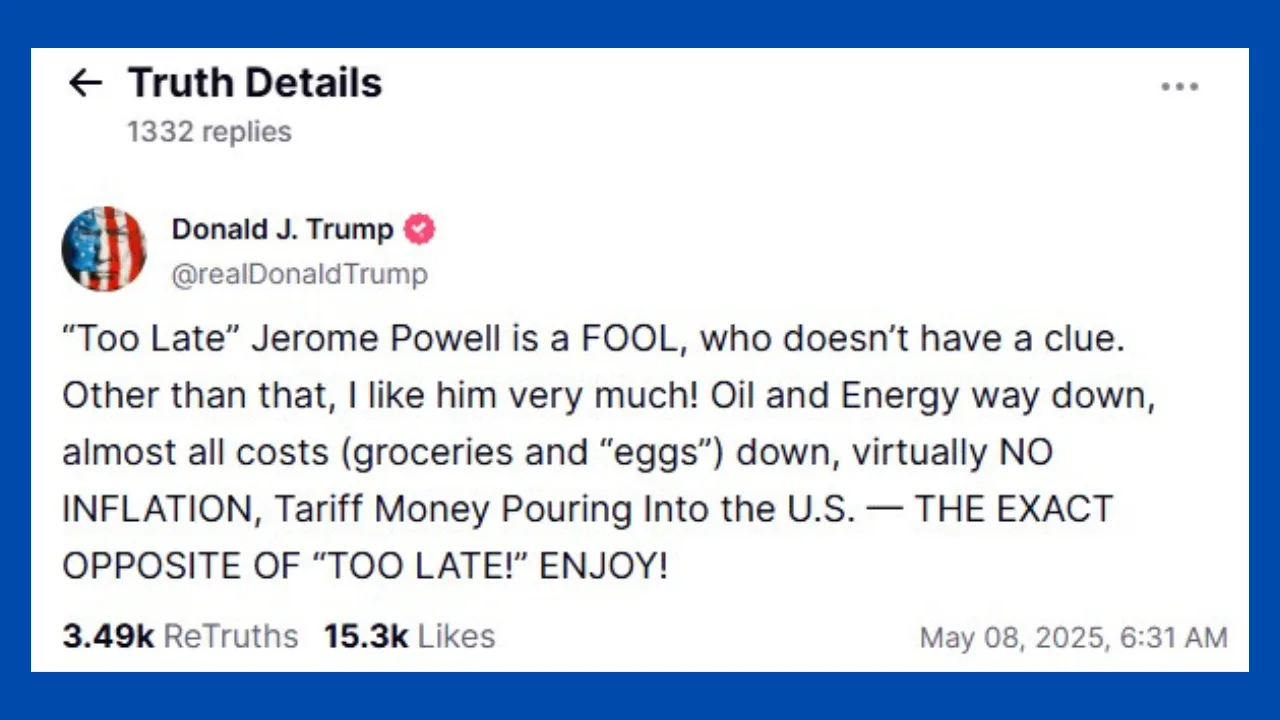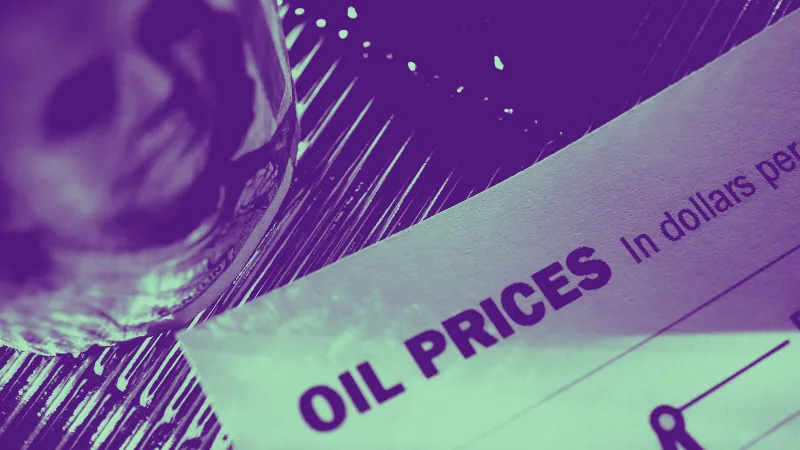President Donald Trump is betting big on nuclear power.
As global energy markets remain volatile and the need for reliable, domestic energy intensifies, Trump is launching a sweeping nuclear power initiative that aims to radically reshape America’s electricity grid and energy future. The push includes streamlined regulation, next-generation reactor technology, revived nuclear facilities, and even an international crackdown on nuclear proliferation.
In a political climate where fossil fuels and renewables have fiercely competed for dominance, nuclear power—long considered too expensive or too politically toxic—may finally be having its comeback moment.
The Executive Order: Fast-Tracking America’s Nuclear Comeback
The centerpiece of the Trump administration’s energy reboot is a pending executive order to accelerate nuclear energy deployment. According to a report from Axios, the order is designed to cut red tape around permitting and construction, allowing next-gen nuclear reactors to come online more quickly.
Trump’s energy advisors have pointed to rising electricity demand from AI data centers, electric vehicle charging stations, and advanced manufacturing as the key drivers. Small modular reactors (SMRs) and molten salt reactors—once futuristic ideas—are now being positioned as the backbone of America’s new energy infrastructure.
According to administration insiders, the goal is simple: “Make nuclear fast, cheap, and American again.”
Budget Cuts or Strategic Refocus?
Interestingly, Trump’s FY 2026 “skinny budget” proposes a $408 million reduction in funding to the Department of Energy’s Office of Nuclear Energy. Critics have pointed to this as a contradiction—how can you champion nuclear energy while cutting its budget?
But the administration insists the cuts are surgical, targeting “non-essential research” to free up funds for priority areas like:
- Advanced reactor development
- High-assay low-enriched uranium (HALEU) fuel production
- Expansion of the Idaho National Laboratory
- Safety and cybersecurity upgrades
As reported by ANS.org, this reflects a more streamlined, business-like approach: fund what works, cut what doesn’t.
The Resurrection of Retired Reactors
In a historic move, the Department of Energy is supporting the restart of the Palisades Nuclear Plant in Michigan. This marks the first time in U.S. history that a shuttered commercial nuclear plant is being brought back online.
Once operational, Palisades will generate 800 megawatts of baseload power—enough to power more than 800,000 homes. That’s significant not only for Michigan but as a national precedent. It suggests other retired reactors could be reactivated under Trump’s directive, especially as electricity demand rises and grid reliability becomes a national concern.
The plant’s revival has also sparked fresh interest from private investors, with talks of energy partnerships and new financing mechanisms for plant restarts.
Advanced Reactors: The Next-Gen Power Play
Trump’s nuclear blueprint goes beyond merely reviving legacy plants. The administration is actively promoting the rapid development and commercialization of advanced nuclear reactors.
These include:
- Small Modular Reactors (SMRs): Compact, scalable units that can be deployed in remote regions or adjacent to industrial facilities.
- Molten Salt Reactors: Safer and more efficient than traditional light-water reactors, with potential for grid flexibility.
- Fast Reactors: Designed to recycle nuclear waste and improve fuel efficiency.
These technologies aren’t just theoretical. Companies like TerraPower, backed by private capital and DOE partnerships, are already breaking ground.
The administration is reportedly working on an “America First Reactor Initiative” that could include production tax credits, regulatory waivers, and public-private joint ventures.
Domestic Security Meets Energy Policy
Trump’s nuclear ambitions are also tied to national security and trade policy.
In a move widely seen as both symbolic and strategic, the President has demanded a full dismantlement of Iran’s nuclear program, breaking from past diplomatic norms. According to Axios, Trump has instructed negotiators to accept nothing short of “zero enrichment and zero centrifuges.”
This stance aligns with the administration’s broader narrative: while the U.S. is aggressively developing safe nuclear power at home, it is taking a hardline approach to prevent adversaries from building nuclear weapons.
Why Trump Is Betting on Nuclear Now
There are three key forces driving Trump’s nuclear energy pivot:
- Rising Energy Demand: The surge in digital infrastructure (data centers, EVs, smart grids) is creating an electricity squeeze. Nuclear is one of the few carbon-free sources that can scale reliably.
- Grid Stability and Blackouts: With renewable energy sources like solar and wind being intermittent, nuclear’s 24/7 baseload capability is being revalued.
- Geopolitical Energy Independence: With global instability and resource competition growing—especially with China—Trump is reasserting the need for America to be energy-dominant and self-reliant.
Investor Implications: Is Nuclear the New Growth Sector?
For investors, this nuclear push opens multiple potential opportunities:
- Utility stocks with nuclear exposure (e.g., Constellation Energy, Duke Energy) could see long-term upside from policy tailwinds and infrastructure grants.
- Uranium miners like Cameco and Energy Fuels may benefit from increased domestic demand.
- Nuclear tech startups in the SMR and fuel enrichment space are likely acquisition targets or IPO candidates.
- Infrastructure and construction firms that specialize in energy projects could profit from reactor builds and retrofits.
But risks remain. Regulatory delays, cost overruns, and public opposition could still hamper progress, especially in blue states or environmentally sensitive regions.
The Nuclear Bet Is On
President Trump’s nuclear energy plan is a high-stakes gamble—but one grounded in economic and technological trends. If successful, it could reshape America’s energy landscape for the next century.
Where previous administrations hesitated, Trump is charging ahead—reviving plants, slashing red tape, and rebranding nuclear not as a relic of the past, but as the engine of a reliable, sovereign, and secure American future.
Whether investors and voters buy into that vision will determine just how far this nuclear renaissance can go.





